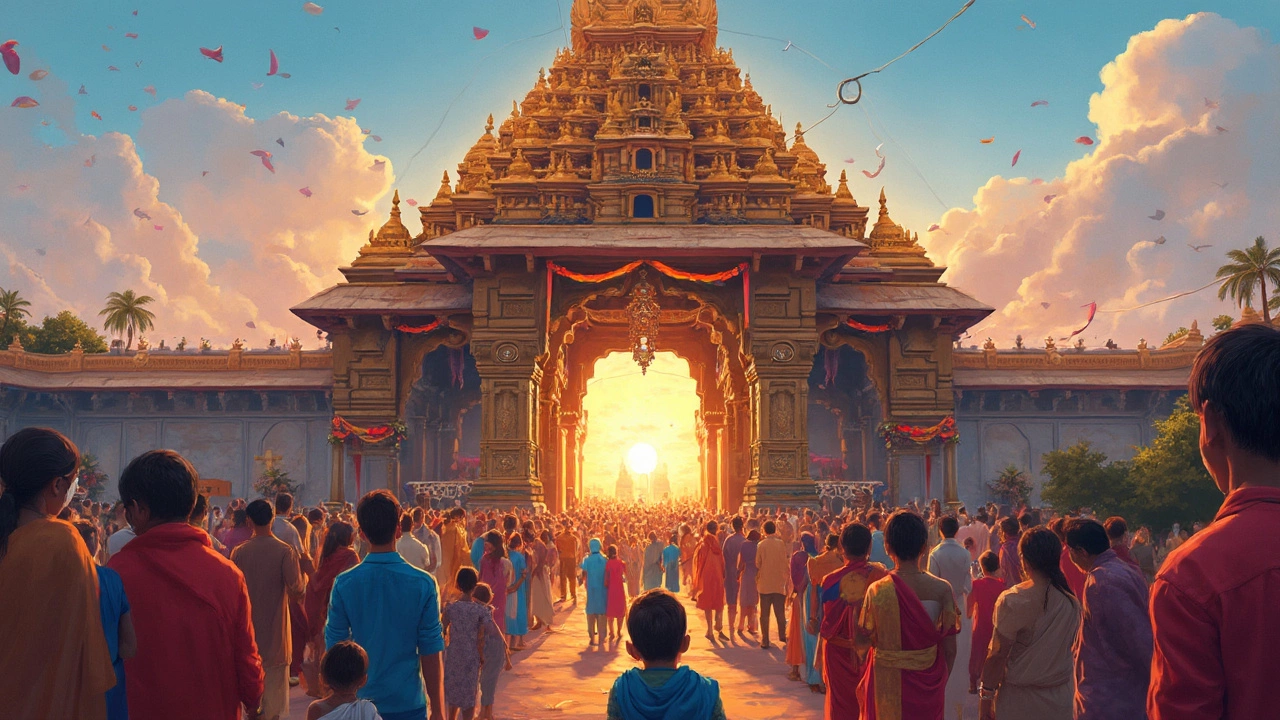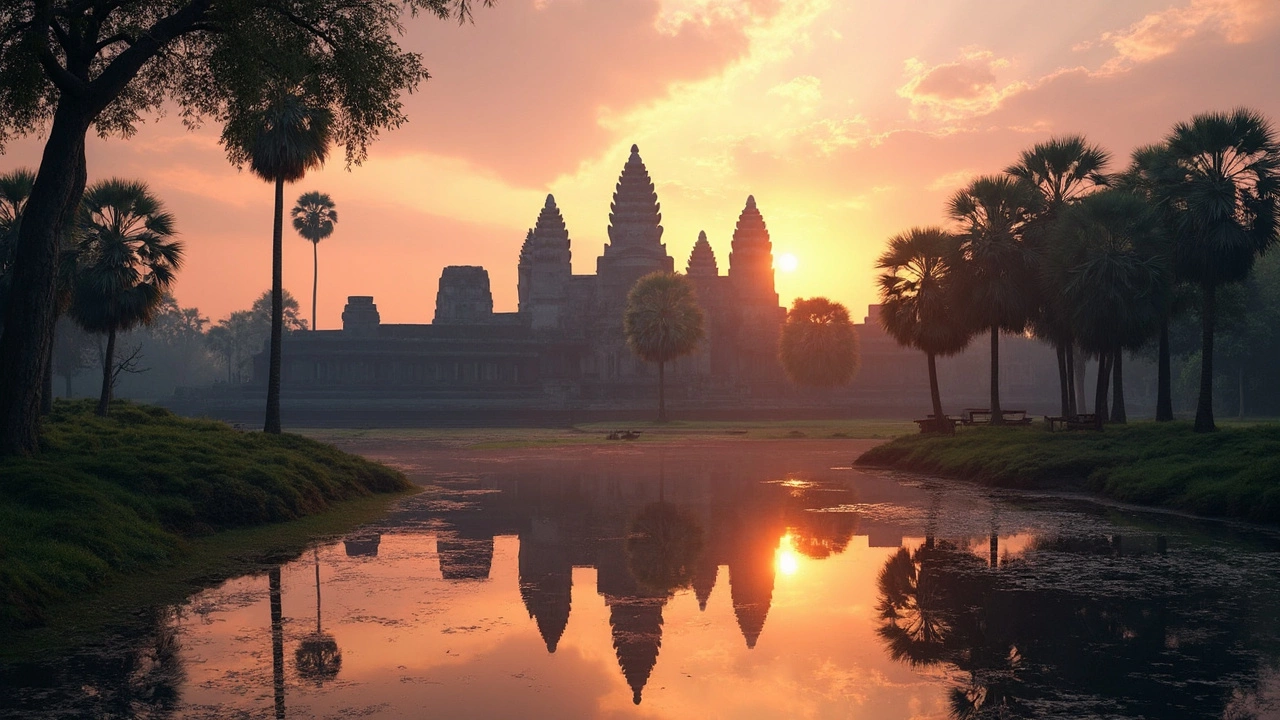Hinduism in India: Temples, Traditions, and Traveler's Guide
When you step into an Indian temple, you’re not just visiting a building—you’re entering a living expression of Hinduism, a 4,000-year-old spiritual and cultural system that guides daily life, festivals, and sacred geography across India. Also known as Sanatana Dharma, it’s not just a religion but a way of seeing the world—where rivers are gods, mountains are abodes of deities, and every ritual carries meaning. This isn’t something you read about in books. It’s what you feel when you see pilgrims bathing in the Ganges at dawn, or hear the bells of a temple in Varanasi echoing through narrow alleys.
Hinduism shapes how you experience India’s most visited places. The Taj Mahal, a monument built by a Mughal emperor in mourning, reflects Islamic architecture, but its location and the rituals around it are deeply tied to Hindu concepts of love, loss, and eternity. Even the UNESCO World Heritage Sites, including ancient stepwells, forest temples, and hilltop shrines, are often rooted in Hindu cosmology—places where the divine meets the earth. You can’t fully understand why people remove their shoes before entering a shrine, or why women wear saris for temple visits, without knowing the basics of Hindu purity laws and regional customs. These aren’t random rules—they’re part of a system that’s been passed down for generations.
Travelers often ask: Do I need to be Hindu to visit these places? The answer is no—but respect matters. Whether you’re trekking to Kedarnath or walking through the crowded lanes of Tirupati, knowing what to wear, when to be silent, and how to offer prasad changes everything. Hinduism isn’t about dogma; it’s about experience. And in India, that experience is everywhere—from the smoke of a morning aarti to the chants echoing in a Himalayan cave temple.
What you’ll find below are real, practical guides written by travelers who’ve been there. From how to dress for a temple in South India to why some shrines don’t allow cameras, these posts cut through the noise. You’ll learn how Hinduism isn’t just history—it’s alive in the way people eat, pray, and travel across this country. No fluff. No assumptions. Just what you need to know before you go.

